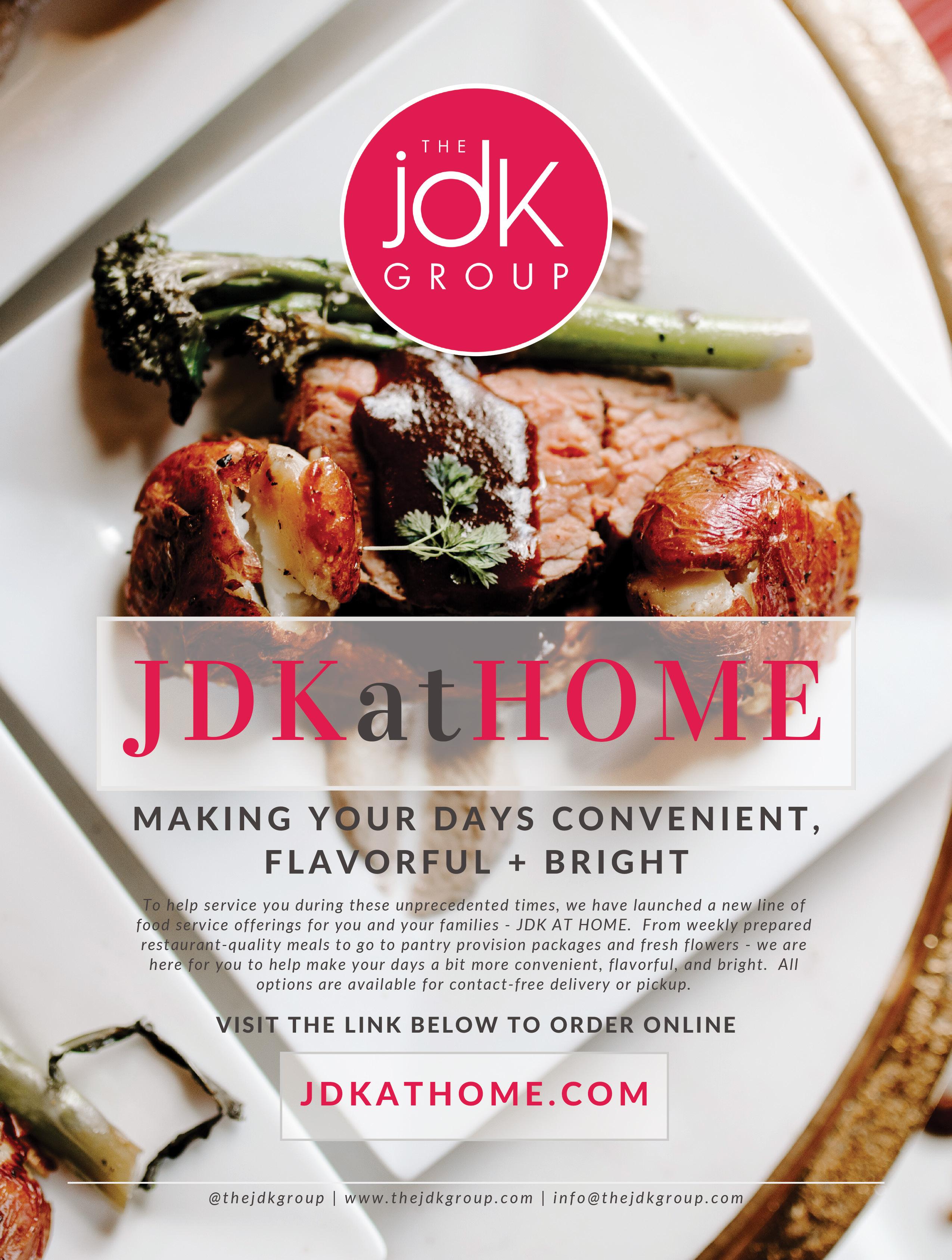
4 minute read
BARTENDER'S BEST
Bartender’s Best By Charlie Wohlrab
Welcome to another month of quarantine. As I was surfing the net the other day, I came across a picture of a cocktail party a friend’s parents attended in the 1950’s. If you are a Boomer like me, these were the parties that our parents and their friends attended and you can relate. If you are not a Boomer I assume you have “binge watched” sitcoms popular in the 1950s and 1960s and chances are you are at least familiar that these parties were popular gatherings during this time. Usually held on Friday or Saturday nights the parties were reserved for adults only. They were held for the purpose of socializing with friends and neighbors after a long week of work and taking care of the house and kids. Hosting the perfect cocktail party meant plentiful amounts of alcohol and food. Fondue pots, cheese plates, cocktail napkins, hors d’oeuvre plates, fancy cocktail glasses, cocktail shakers, jiggers, stirrers, and ice buckets were the norm. Women made it a point to wear their fancy dresses with stylish accessories and men wore their best suits. The cocktail party of the 1950s and 1960s also featured great drink recipes with many creative names that still stick with us. To this end, here are some recipes for cocktails popular in the 1950s and 1960s for your enjoyment.
The Side Car
• 1 & ½ ounces brandy • ¾ ounce triple sec • ¾ ounce lemon juice Directions
Fill a shaker glass one-half full with crushed ice, add ingredients, shake, and strain into a cocktail glass. This is an interesting cocktail with many recipe variations. Another recipe, and my favorite is:
• 2 ounces cognac • 1 ounce triple sec • 1 ounce lemon juice
I believe the “original recipe” called for cognac instead of brandy, and Cointreau instead of triple sec. By definition cognac is a brandy that must be made in the Cognac region of France. There are several “top shelf” brands, including Courvoisier, Remy Martin, and Hennesy VSOP to name a few. These are all very fine brandies. The distillers take care in the production and they must be aged for two years in French Oak. This extra care produces a quality spirit with a higher price. In order to enjoy this extra care, I recommend that these brandies be sipped straight and not be mixed. Victor Hugo referred to cognac as “liquor of the gods.” However, there are off-label cognacs with reasonable prices, and when I find them I use them in this cocktail.
Some recipes suggest to sugar the rim of the glass, (run a lemon wedge around the rim and then roll the rim in sugar), and/or garnish with an orange twist. This is a matter of personal taste, and I usually forgo these steps. I don’t like to waste the sugar left in the plate, and I rarely have an orange twist. However, on occasion I will go the “extra mile” for variation or for a special guest. A lemon twist, if you have one, is a suitable garnish.
I usually substitute triple sec in cocktails that call for Cointreau as a matter of economics. You can usually find a reasonably priced triple sec which works just fine in most cocktails.
It is obvious the recipe for this cocktail is open to personal preference and can be tailored to meet an individual’s palate. Even the origin of the name has variations. One such is that the drink was made for a patron who would arrive at the bar in a side car or my personal favorite, the remnants in the shaker glass are served in a shot glass “on the side.”
The Dubonnet
• 1 ounce gin • 1 ounce Dubonnet Rouge Directions
Fill a shaker glass half-full with crushed ice. Add the Dubonnet and gin, gently shake and strain into a cocktail glass. Garnish with a lemon twist, sit back and enjoy. As with many cocktails this recipe has variations. One such variation calls for an ounce and one-half of gin and three-quarter ounce of Dubonnet Rouge. Again, a matter of personal taste.
This is an interesting cocktail. It is rumored to be a favorite of Queen Elizabeth; however, her version is two parts Dubonnet to one-part gin. I find it amusing that an English monarch would prefer a cocktail with two parts French aperitif to one-part English gin.
Dubonnet is a fortified wine created by Joseph Dubonnet in the 1840s. Joseph Dubonnet was a chemist and wine merchant in Paris. Dubonnet contains herbs, spices and quinine to protect the French soldiers against Malaria in North Africa. Dubonnet is not as popular as it once was so you may have trouble finding it, but this cocktail is worth the effort. I suggest you use a good gin to maximize taste and enjoyment.
While these were not the only cocktails served at cocktail parties of the 1950s, they are a good place to start.
Stay Home. Be safe. Enjoy a cocktail!
Charlie Wohlrab is a mixologist whose motto, “Drinking. . .more than a hobby” has been topmost in his mind since he first started tending bar while getting his Pharmacy degree. Now retired, when he’s not restoring his older home in New Jersey, he’s made it his goal to elevate the experience of having a daily cocktail from something mundane to something more exciting. He is now Harrisburg Magazine’s official bartender in residence.
My recipes are like my opinions,” says Wohlrab. “They continue to be refined as I try new products and work with old standbys.” Currently working on a book about cocktails, Wolhrab welcomes comments from his readers. He can be contacted at jgoodwin@harrisburgmagazine.com. 7









